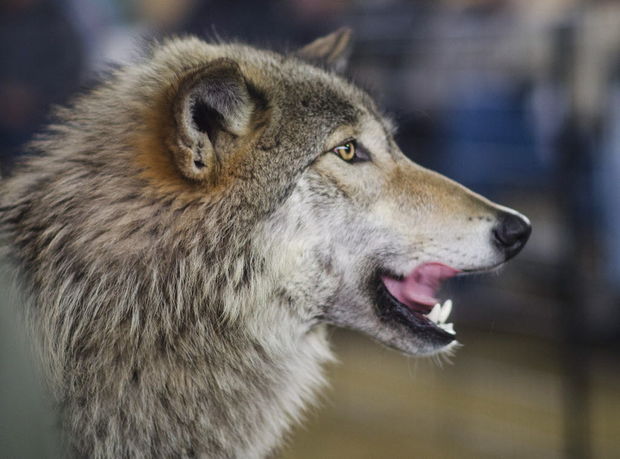
Various environmental and conservation groups have called for bringing back some or all of the large mammals — elk, bison, wolves and cougars — killed and driven out of the region by humans over the past couple of centuries. One of those groups, Protect the Adirondacks, wants the issue studied, at least in regard to wolves and cougars, and so do we.
People raise reasonable objections, especially about human safety, when the subject of restoring large predators to local forests is raised. But a strong ecological and economic case can be made for restoration.
Moose have found their own way back to the Adirondack Park, which should allay some fears that reintroducing large mobile creatures into areas where people live and drive will result in carnage on the roadways.
The state Department of Environmental Conservation reported that, in 2013 in New York, 10 car-moose collisions took place. No human fatalities have resulted from the infiltration of moose into the region over the past couple of decades, according to the DEC.
But car accidents are not what people fear from wolves and cougars. These predators have sharp claws and teeth, but they are elusive and shy of humans. Attacks have happened in areas where they are present, like Canada and California, but they are rare.
Realistically, elk and bison would pose a bigger danger to drivers than wolves and cougars would to hikers.
Records show about 20 fatal cougar attacks in all of North America over the past 100 years, and wolf attacks have been even more infrequent. Meanwhile, hundreds of people have been killed by domestic dogs.
Big animals with sharp claws and teeth that are capable of hurting and killing human beings already prowl the forests of the Adirondacks. According to the DEC, 3,000 to 5,000 black bears live in the Adirondacks, a far larger population than our region could support of wolves or cougars.
The bears are less shy of humans — they have been known to congregate at town dumps and ignore the people who turn out to watch them — but conflicts are still rare and actual attacks rarer still.
Adirondack residents have learned to live with bears and with the coyotes that roam the woods, and they could live with wolves and cougars, too.
But supporting reintroduction requires more than the belief that wolves and cougars would pose a minimal threat to human health. Numerous questions should be answered before the state undertakes reintroduction, not least of which is whether the animals would have much of a chance of survival.
